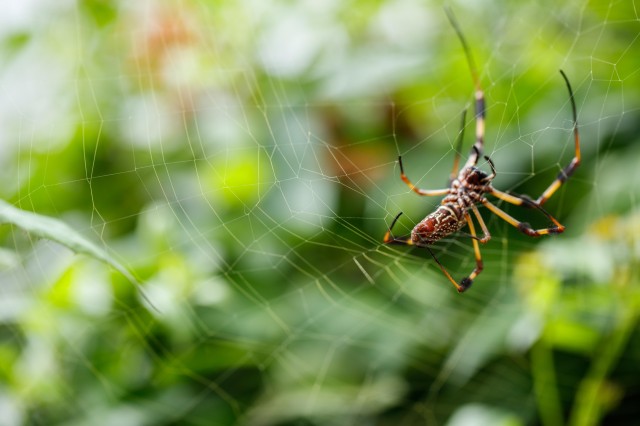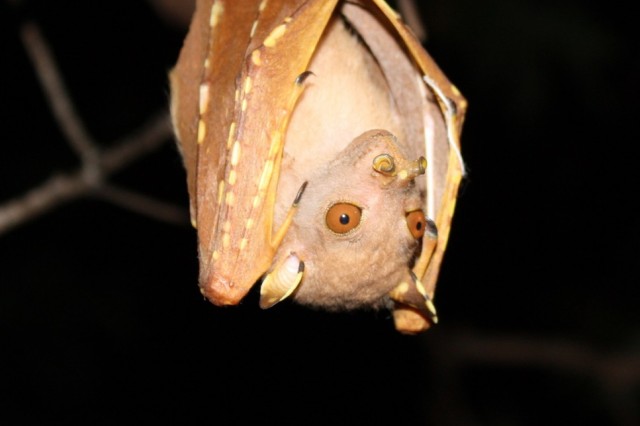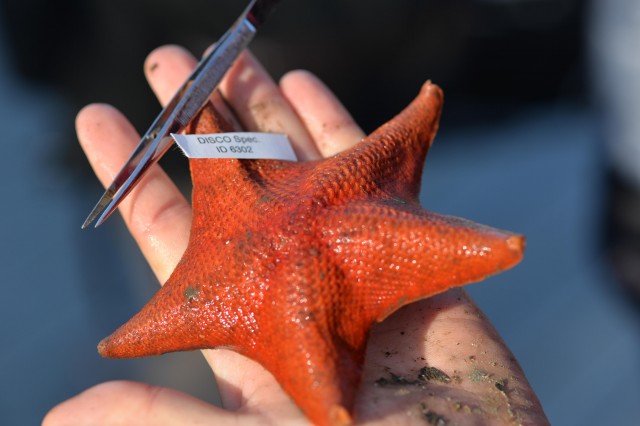
Out of an abundance of caution for the safety of our visitors and staff, the museum will be closing at 3 pm on December 24 due to the impending storms. The museum will be closed Thursday, December 25 for the Christmas holiday. We will reopen Friday, December 26.
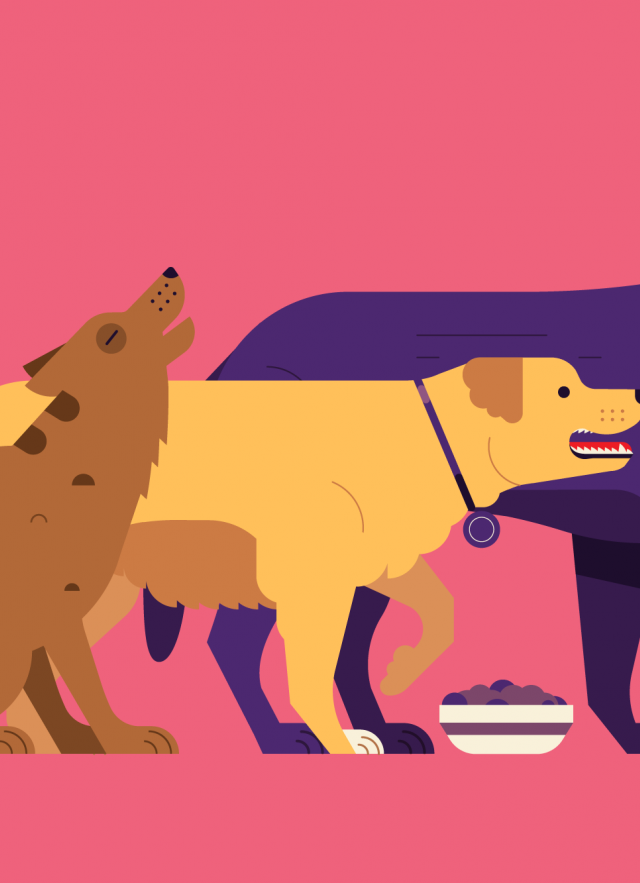
Pandemic puppies (dogs adopted and fostered during quarantine) might be the only silver lining to lockdowns. While Angelenos cleared out shelters, adopting doggies at record rates, how many of us know the history of canids on this planet? Mairin Balisi, a postdoctoral research fellow at the museum at La Brea Tar Pits, says that’s one of her favorite topics. “I like to ask people: where do you think the dog family started?”
The history and origins of dogs on Earth are longer and more interesting than most of us realize.

While the Canidae group today includes about 34 species, everything from foxes to wolves, over 90 species from the two extinct subfamilies have been identified in the fossil record.
“People usually answer with ‘Africa’ or ‘Asia’—probably because we’re used to these continents having a richness of plants and animals today! We tend not to think of North America as a biodiversity hotspot,” Balisi said, but if you’ve been to La Brea Tar Pits, hopefully you know better. Dogs, along with other fantastic megafauna like camels and horses got their start in North America. In her recent Communications Biology paper, Balisi investigated the effect of large body size and extreme carnivory on extinction risk using the three groups of fossil dogs originating in North America.
Dog Years: A Canid Family Timeline
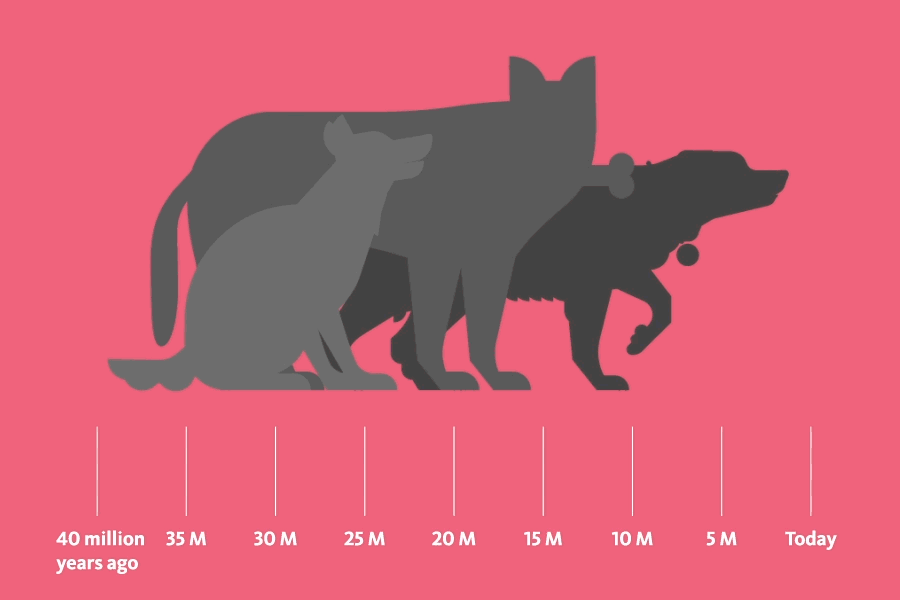
Hesperocyoninae, ancestral dogs, were the first of the subfamilies to arise. This diverse subfamily begins with the fox-sized Hesperocyon (Greek hesper [western] and cyon [dog]), a carnivore with bony covering of the middle-ear divided in turn by a thin, bony wall: a telltale characteristic of all canids that helps give them such excellent hearing and marks Hesperocyon as the definitive first canid. Over tens of millions of years, different species evolved within the subfamily, including large-bodied predators. The largest of the Hesperocyoninae, Osbornodon fricki, was big enough to prey on animals larger than it was. It was a hypercarnivore, an animal whose diet consists of more than 70% meat, and it was also the last hesperocyonine species.
Osbornodon fricki was the last surviving species in the Hesperocyoninae sub-family.
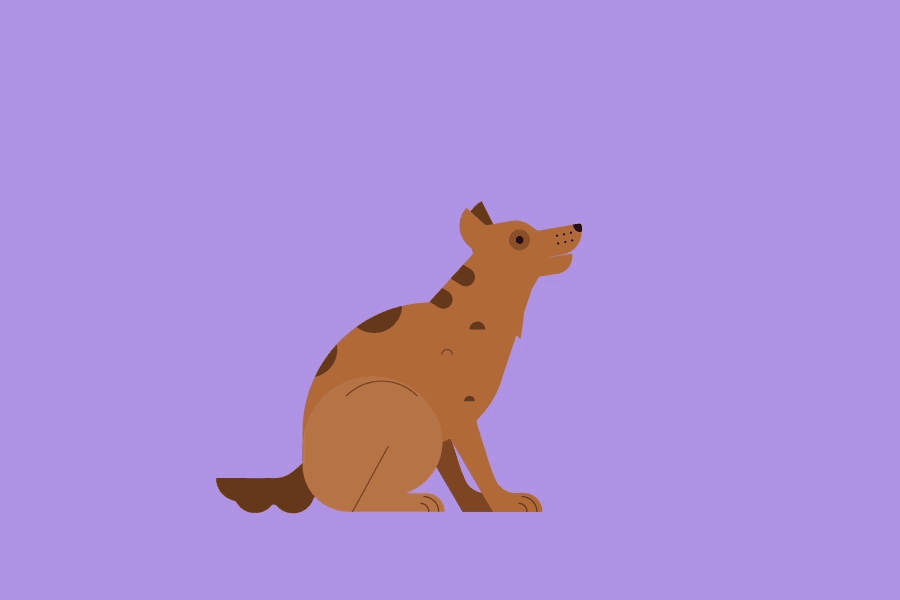
Imagine something like a wolf, but with shorter legs.
Eight million years into the Hesperocyoninae’s run, there was a new canid on the block. While named for ‘bone crushing’, the Borophaginae subfamily was even more diverse than its predecessor and, over its 30 million years of existence, became the top group of carnivores on the continent. Early members of the family include small omnivores with diets likely similar to raccoons, and later bone-crushers like the hypercarnivore Epicyon haydeni, the largest canid to stalk the continent. The Borophaginae were more prone to predation as a group, possibly due to competition with the ancestral dogs still dominating the landscape when they arose, increasing in size and hunting ability relative to their ancestral forebears (or foredogs, if you will). Even as they became more powerful predators and connoisseurs of hypercarnivorous dining, rising up the food chain while Osbornodon fricki disappeared, even newer canids weren’t far behind.
Epicyon haydeni was possibly the biggest dog to ever roam the planet.
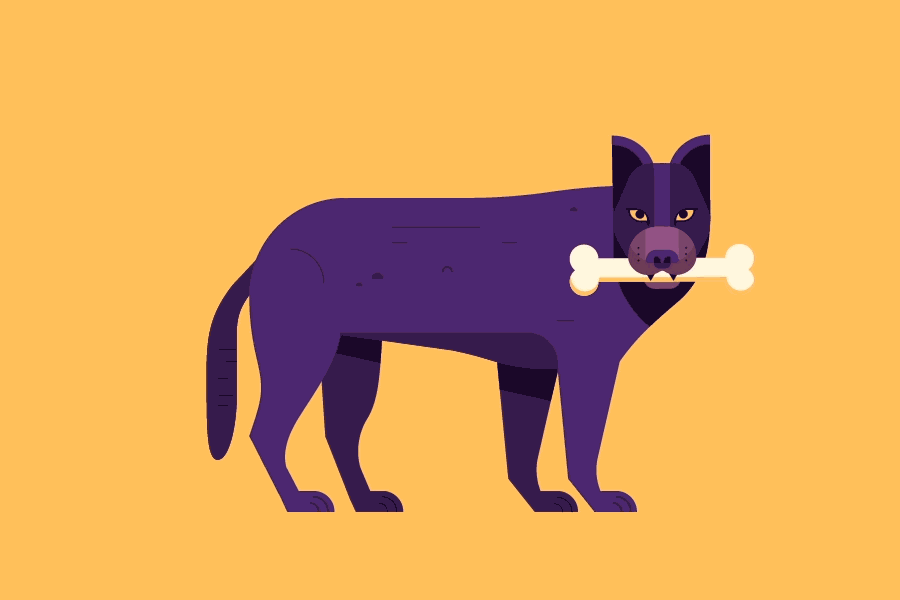
They definitely lived up to the Borophaginae subfamily’s ‘bone-crushing’ name.
The Caninae subfamily, which includes extinct dire wolves and our very own pandemic puppies, came on the scene some 32–34 million years ago, broadly following a similar evolutionary trajectory as the preceding subfamilies. The diminutive Leptocyon, the first canine, would have been chasing small, quick prey while its borophagine elders were taking down much larger animals. Unlike the earlier canid groups, Caninae got around, expanding into Asia, Africa and Europe around 8 million years ago, possibly propelled in part by longer legs than their predecessors. While travelling around the world, Caninae also followed in the footsteps of the earlier subfamilies, evolving hypercarnivores just like the canids that came before. Somewhere along the line, dogs became our best friends, but have humans been good for canids? The fossil record tells a more complicated story.
Balisi’s study found that while Hesperocyoninae and Borophaginae both started to decline after big hypercarnivores began evolving in each subfamily, large predators became much more prone to extinction at the end of the Pleistocene—some 11,000 years ago—and all the dogs that went extinct were large-bodied hunters. This timing links heightened extinction with human activity. In the same way that Osbornodon fricki was pushed out by competition from the Borophaginae, large carnivores were displaced by humans, and now there are only two large hypercarnivores left in North America: mountain lions and gray wolves. This limited number of large predators feels normal; the cheetahs and tigers we use to learn the alphabet belong to faraway places. “But,” according to Balisi, “our excellent fossil record shows that North America was once a land of dogs—and many other animals, too. Our current situation is a very recent development.”
Perhaps on some level we know this, and Americans’ fascination with their Chihuahuas and Great Danes reflects a yearning for the dog days of the Pleistocene, before humans set foot in the world of canids. Dogs of all shapes and sizes sniffed around the continent for tens of millions of years. Though it’s hard to picture ourselves on a planet rich with megafauna, it’s becoming increasingly easy to see ourselves on one with fewer big animals than ever before unless we act. Humans haven’t been canids’ best friends, but knowledge from the distant past helps better understand our impact and responsibility to make sure large animals aren’t just something we find in the fossil record.
Dig deeper into the science with Dr. Balisi’s paper here and learn all about her previous research into dietary specialization in ancient dogs. Want to learn even more about ancient canids? Check out the research of NHM’s own Curator of Vertebrate Paleontology Dr. Xiaoming Wang and his excellent book Dogs: Their Fossil Relatives and Evolutionary History.
